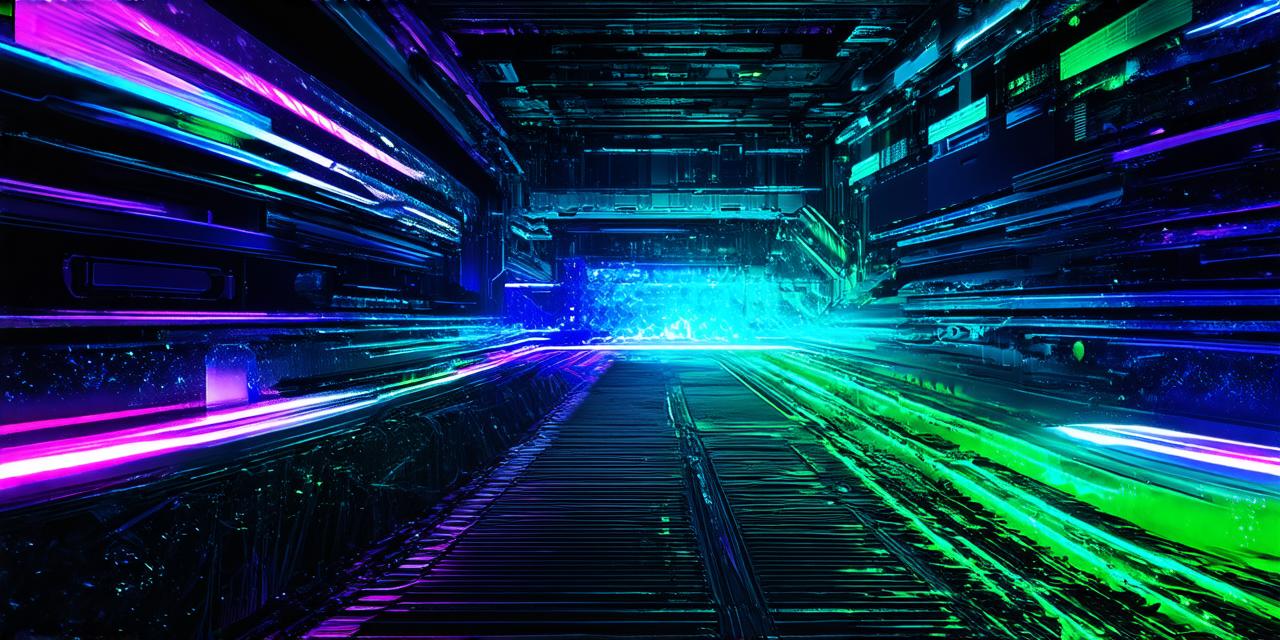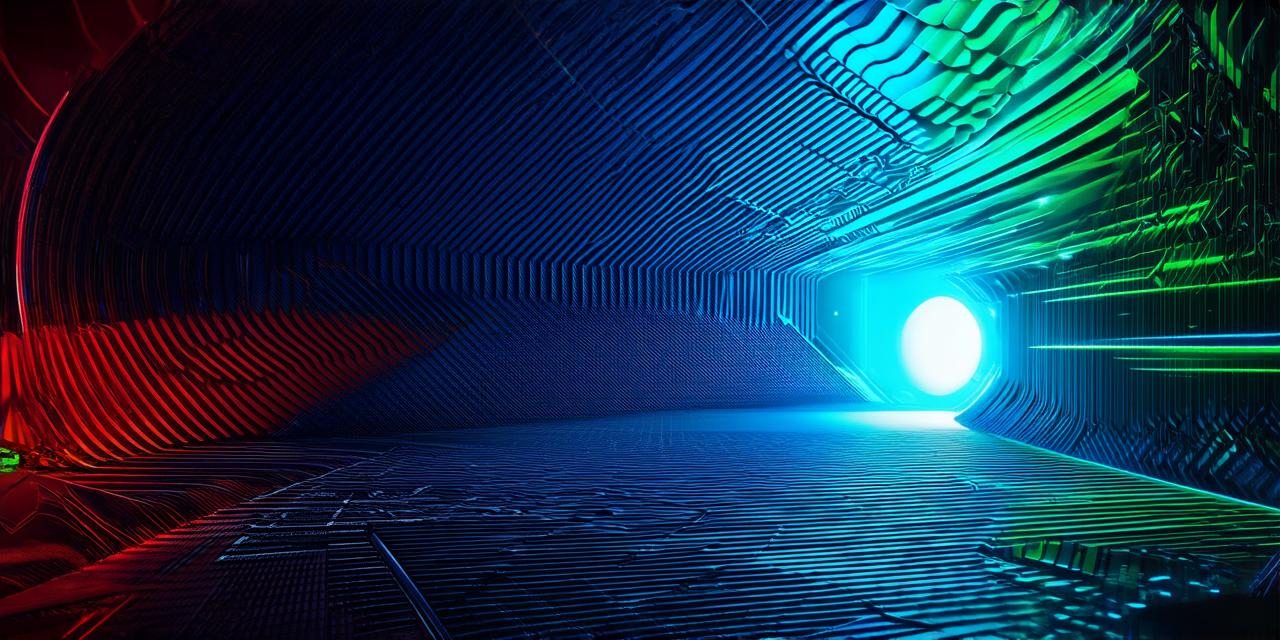History of Mixed Reality
The concept of mixed reality dates back to the early days of computer-generated imagery (CGI) in the 1960s. However, it wasn’t until the 2010s that MR technology began to gain widespread attention, thanks in part to advances in mobile and wearable devices, as well as improvements in graphics processing power.
One of the earliest examples of MR was the “Holodeck” from Star Trek, which allowed users to project holographic images into a physical space. While this technology remains firmly in the realm of science fiction, recent advancements in computer vision and tracking systems have made it possible to create more convincing and immersive MR experiences.
Applications of Mixed Reality
MR technology has a wide range of potential applications across various industries, including gaming, education, healthcare, and retail. Here are some examples:
Gaming
Mixed reality gaming is becoming increasingly popular, as it allows players to interact with virtual objects in a real-world environment. For example, the Oculus Quest 2 headset includes a feature called “Mixed Reality Mode,” which enables users to see their physical surroundings while still being able to engage with virtual content.
Education
MR technology can be used to create more engaging and interactive educational experiences, particularly in subjects like biology, engineering, and physics. For example, students could use MR glasses to explore the human anatomy in 3D or build a bridge using AR tools.
Healthcare
Mixed reality can also have a significant impact on healthcare, particularly in areas like surgery and rehabilitation. Surgeons could use MR technology to plan and practice complex procedures before performing them on patients, while rehabilitation patients could use MR to visualize their progress and receive personalized feedback from therapists.
Retail
Retailers are also beginning to explore the potential of MR technology, particularly in areas like product customization and virtual try-on experiences. For example, IKEA has created an AR app that allows users to see how furniture would look in their home before making a purchase, while Nike has developed an MR platform that enables customers to design and customize their own sneakers.
Potential Future Developments
As MR technology continues to evolve, we can expect to see even more innovative applications emerge across various industries. Here are some potential future developments:
Smart Glasses
The development of smart glasses with built-in MR capabilities could make it easier for users to interact with virtual content in a seamless and intuitive way. For example, workers in the construction industry could use MR glasses to visualize blueprints and receive real-time feedback from colleagues.
Haptic Feedback
As MR technology continues to improve, we can expect to see more advanced haptic feedback systems that allow users to feel virtual objects in a physical space. This could have significant implications for industries like manufacturing, where workers could use MR technology to handle and manipulate virtual parts with precision.
Social VR
Finally, as the line between AR and VR continues to blur, we can expect to see more social experiences emerge that combine elements of both technologies.



